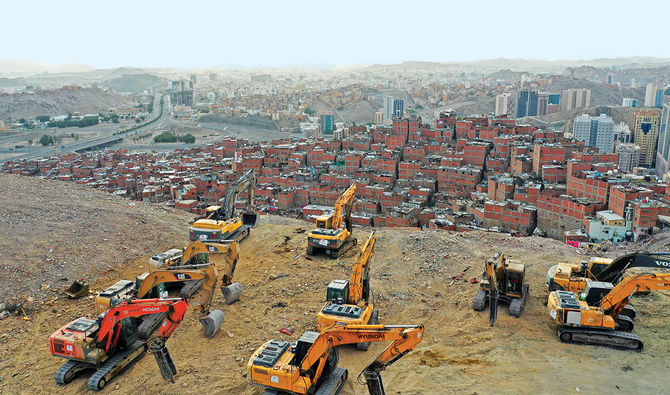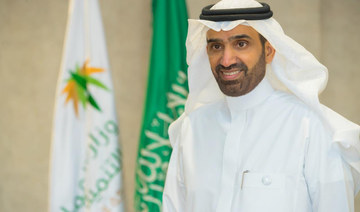RIYADH: Creating employment for young Saudis and reducing dependence on foreign workers was a key long-term goal for the Kingdom’s government.
Recent data has shown that seven major job groupings in the private sector have achieved Saudization figures of more than 50 percent, demonstrating that the policy was producing the desired results.
While the rate across the private sector as a whole is around a quarter, Al-Eqtisadiah newspaper reported that the financial and insurance sector had achieved a rate of 83.6 percent, followed by public administration, defense, and mandatory social insurance (71.9 percent), mining and quarrying activities (63.2 percent), education (52.9 percent), and information and communications (50.7 percent).
There was certainly demand among companies, as recently the Saudi Ministry of Human Resources and Social Development reported that more than 500,000 firms had signed up on the new Qiwa platform, which provides a range of direct online services, including Saudization indicators and certificates, and information on various labor regulations.
Several sectors have recently had regulations issued related to new Saudization targets, such as 100 percent for ride-hailing services and customer care call centers, while 30 percent of all accountancy posts in the Kingdom must now be filled by Saudi nationals.
Proven, an outsourcing firm in Saudi Arabia, has been helping companies adhere to a new ruling that 20 percent of engineering posts must be filled by Saudis.
Omer Saleem, director and deputy CEO of Proven, told Arab News: “In partnership with the Saudi government, the Proven team has created a pool of Saudi nationals with engineering professions, which helped reduce unemployment, supported private sector jobs, and created opportunities for Saudi nationals with the right skill set.”
In August, the ministry announced the Saudization of 20 percent of the Kingdom’s 117 engineering fields. The plan was implemented from the beginning of this year and is forecast to create 7,000 positions for Saudi engineers, each with a minimum wage of SR7,000 ($1,866) per month, as per figures from the Saudi Council of Engineers.
The rule will apply to private establishments employing five or more engineering professionals. Operations with four or fewer foreign engineers will be exempt. Under the regulations, organizations violating the Saudization law could face hefty fines and risk losing out on government services.
In a bid to help private establishments meet the Saudization criteria, the government will offer support and incentive packages allowing them to recruit Saudi engineers, train them, and ensure career stability.
“There is a minimum requirement now for all firms deploying engineers to have a portion of their talent resource base to be Saudi. So, it will essentially create more jobs in the engineering space for locals,” Saleem said.
Proven has teams operating from four offices in the region. “We have 128 corporate staff at the moment and 72 are based in Saudi Arabia. We are looking to add one more office in the Western region with a small team. In addition, we are looking to expand our marketing, human resources, and client relationship teams in 2021,” he added.
On the cost of finding a suitable candidate, he said it depended on the sector and different roles. Saleem noted that there was a deep talent pool in human resources, ITC, and some oil and gas engineering professions.
However, he pointed out that certain specialized roles within healthcare, IT, and finance were challenging to fill because the talent pool maturity in these areas was still young and it took time for skill sets and expertise to develop from experience.
“There is a good, deep talent pool on the industrial side, but more needs to be done in the knowledge sector,” he said.
























